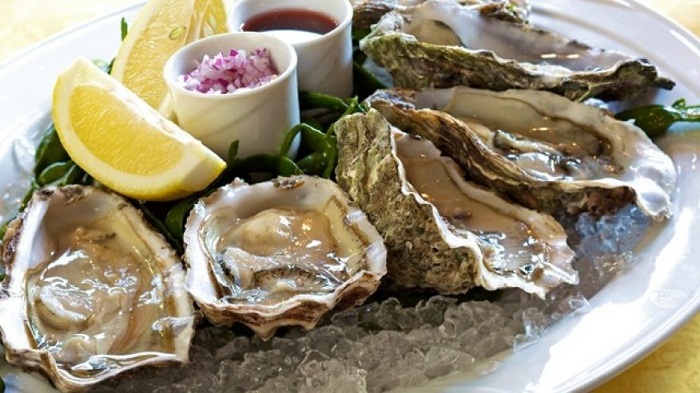Foods to eat for a better skin

Vitamin C is found in more foods than just oranges though, and other nutrients have even more beauty benefits too. So, drop the Clearasil and leave your foundation at home. Your next favorite beauty products can be found at the supermarket.
Strawberries:
A cup of strawberries (8 strawberries) contains 140 percent the RDA for Vitamin C, which is more vitamin C than an orange (84 mg versus 70 mg.) Not only is vitamin C key to a healthy immune system, but it does wonders for our skin, as it helps to produce collagen, which keeps skin tight and smooths fine lines. So tomorrow at breakfast consider eating a cup of fresh strawberries over Greek yogurt sprinkled with bran buds.
Lentils:
Lentils can help maintain long luscious locks because they contain B vitamins and biotin, both of which are needed for healthy hair growth. In addition, lentils are packed with protein and fiber, the two nutrients that help maintain blood sugar levels. This is important for clear skin because the opposite, fluctuating blood sugar and resultant insulin spikes, is associated with pimples and acne. Incorporate lentils into your diet this week by enjoying a lentil soup at lunch or a lentil salad by mixing 1/2 cup of lentils with your favorite non-starchy veggies.
Oysters:
Just two oysters will put you over the recommended daily amount of zinc (25 mg in 2 oysters.) And if you`re concerned about acne or aging, you should be eating zinc. Zinc deficiency is a known cause of acne and adequate zinc helps protect collagen and elastin proteins, which keep your skin young and resilient. Let’s get to shucking!
Sunflower seeds:
Sunflower seeds are among the best food sources of vitamin E, with 1 ounce providing 47 percent the RDA. Vitamin E is often found in anti-aging creams, and for good reason. Vitamin E helps to rehydrate the skin, and reduces dry and rough skin. Vitamin E also works as an antioxidant by preventing inflammation and protecting skin from sun damage. Sunflower seeds are delicious toasted and sprinkled over salads.
Salmon:
Salmon is one fatty fish that is a rich source of Omega 3 fatty acids, which can improve skin’s elasticity and may reduce the risk of acne and other skin problems and yield more radiant supple skin. Salmon also contains antioxidants that help capture free radicals that can cause aging. That’s certainly not all though, among other benefits, omega 3s also helps protect against heart disease, reduce inflammation and lower blood pressure.
Kale:
When you think kale, think vitamin K; kale is the highest source of vitamin k per calorie (with over 600 percent the RDA value in each 30 calorie cup of kale.) Vitamin K is responsible for aiding in blood clotting so helps cure skin wounds and bruises. Vitamin K plays a role in ensuring healthy skin and is believed to prevent wrinkles and premature aging by preventing calcification of the protein elastin. Make your next salad with a kale base and add your favorite veggies, and three to six ounces of lean protein to make a complete meal.


















-1745485667.jpg&h=190&w=280&zc=1&q=100)




























